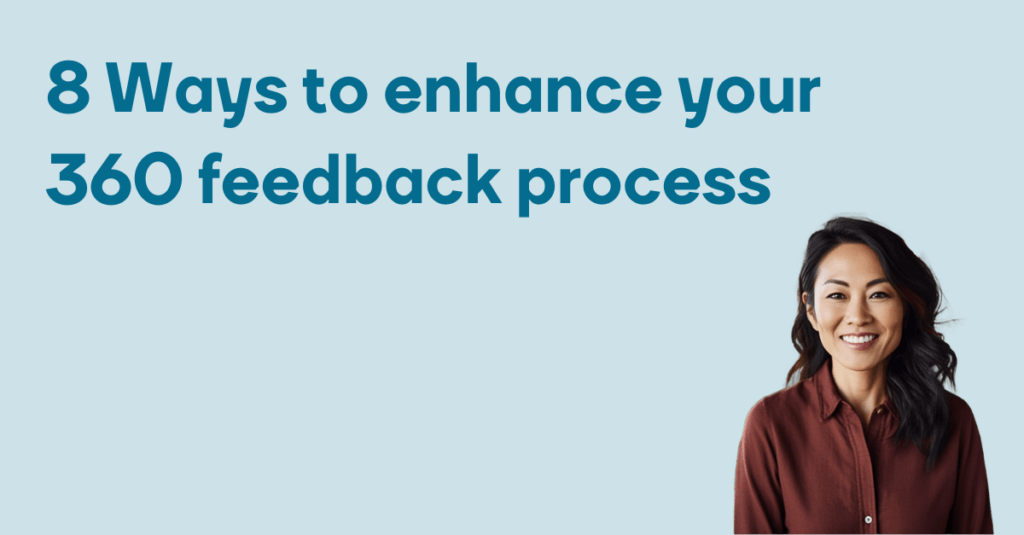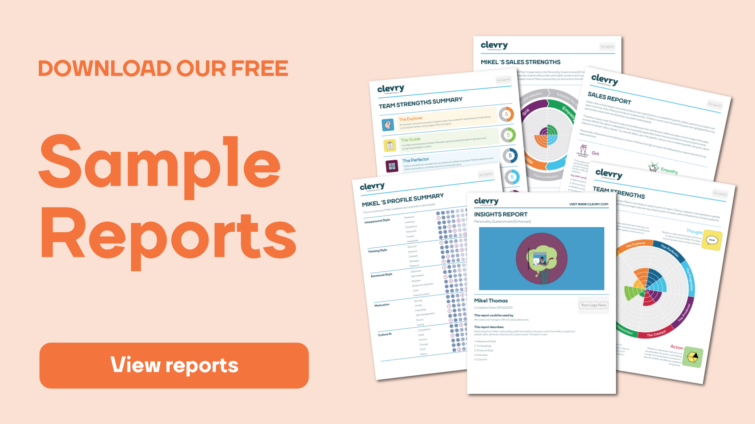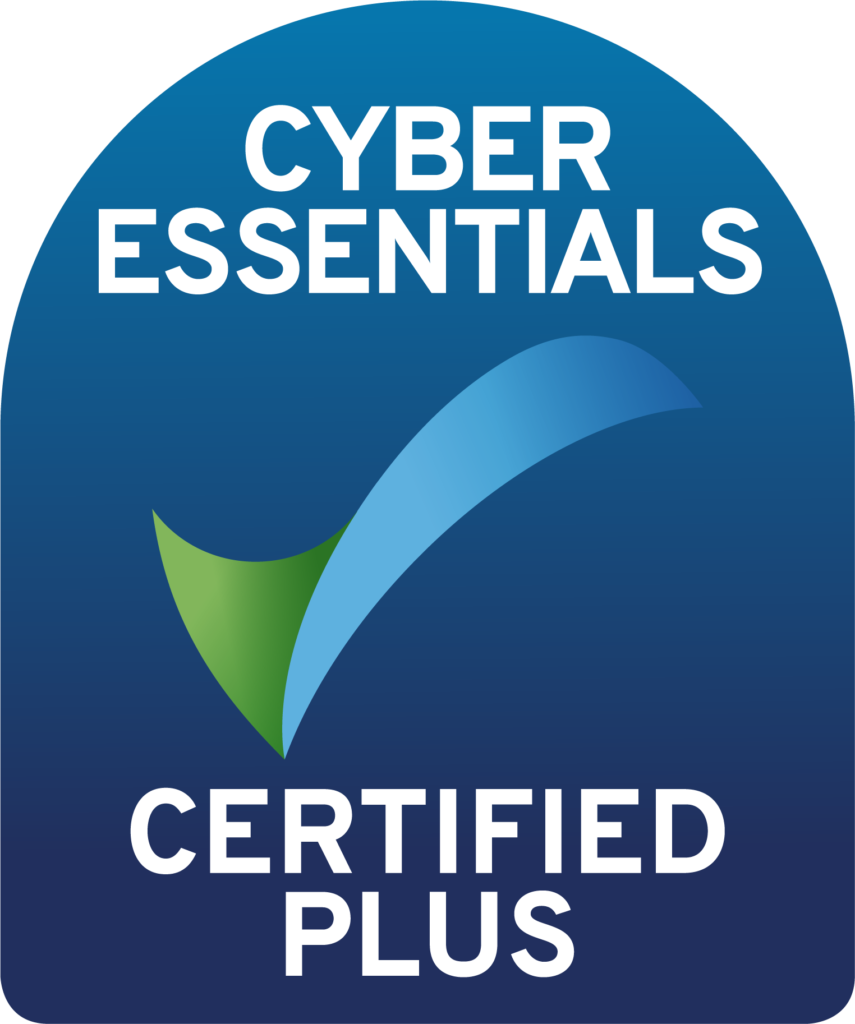Implementing a 360-degree feedback process in your organisation can foster growth and development, but to ensure its effectiveness, several essential elements should be considered. Here are eight steps to help you build a more impactful 360-degree feedback process.

1. Define clear objectives and outcomes
Before rolling out a 360 feedback initiative, be explicit about its purpose. What specific goals do you aim to achieve? Define the expected outcomes, the target participants, and how the feedback will benefit both the organisation and individual employees. Clarity on these points will shape a purposeful and goal-oriented process.
2. Assess your organisational culture
Examine the current culture around feedback within your organisation. Are employees comfortable giving and receiving constructive feedback? If 360 feedback is new, consider how it may be perceived, and prepare by openly communicating its benefits and objectives. Implement training sessions if needed to equip everyone with the skills for effective, respectful feedback.
3. Secure commitment from leadership
Visible support from senior leadership is critical. When leaders advocate for and participate in the 360-degree process, it demonstrates the organisation’s commitment to development. Identify and empower “360 champions” among influential team members to reinforce the value of the process and foster a positive attitude toward it.
4. Select or customise your competency framework
Your feedback process should reflect the competencies and values your organisation prioritises. If using a custom competency framework, ensure it is up-to-date and aligned with both current and future organisational goals. A carefully curated framework will provide relevant, meaningful feedback that aligns with your strategic direction.
5. Strategically plan the rollout
The 360 feedback process varies in scope across organisations. Some apply it selectively for certain individuals, while others implement it across entire teams or leadership levels. Develop a strategic rollout plan that minimises participant fatigue by staggering assessments or tailoring the timeline to avoid overwhelming staff with feedback requests all at once.
6. Communicate the process clearly
Effective communication is essential to build trust and transparency. Ensure all participants—those giving and receiving feedback—understand the purpose, process, and the importance of confidentiality. Address confidentiality boundaries openly to alleviate concerns and promote honest, constructive feedback.
7. Support development beyond feedback
Receiving feedback is only part of the journey. A successful 360 process includes structured follow-up steps to support action and growth. Align feedback outcomes with broader learning and development initiatives to help individuals integrate feedback into their self-development journey. Encourage managers to support and guide their teams as they work on their development goals.
8. Regularly review and improve the process
Continuous improvement is vital. Periodically review both the process and its impact, assessing the quality of feedback, the ease of facilitation, and the resulting organisational growth. Use this review to make adjustments, ensuring the 360-degree feedback process remains relevant and effective.
If you’re ready to take your 360 feedback process to the next level or need assistance in implementing it within your organisation, reach out for expert guidance.



